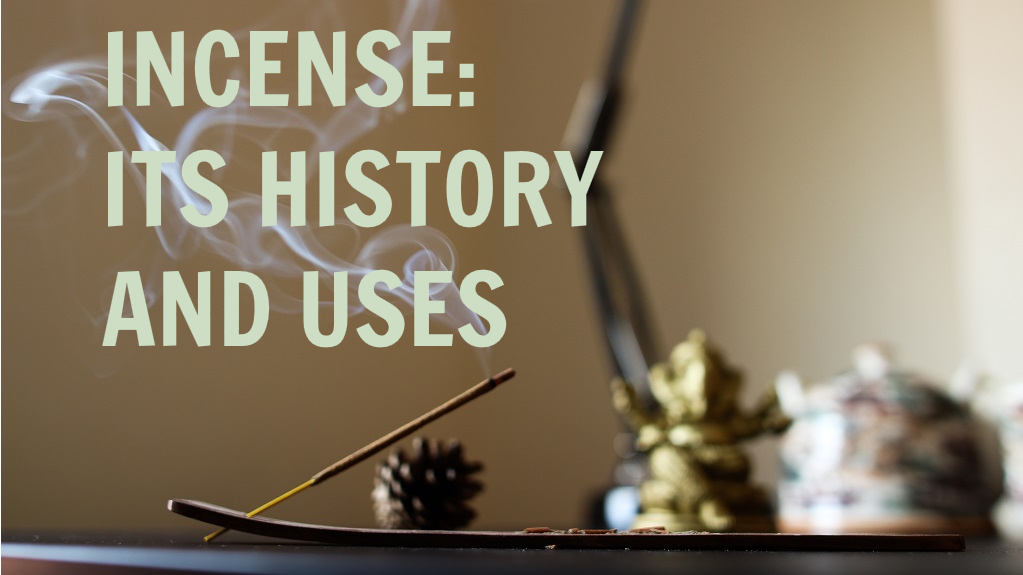Incense has been an integral part of human culture for thousands of years, revered for its aromatic qualities and spiritual significance. From ancient rituals to modern practices, incense continues to captivate and enchant people around the world. In this post, we will delve into the history of incense, exploring its origins, cultural significance, and contemporary uses.
Origins of Incense
Incense has its roots in ancient civilizations, dating back to at least 5,000 years ago. The earliest evidence of incense comes from ancient Egypt, where it was used in religious ceremonies. The use of aromatic substances for spiritual purposes spread across various ancient civilizations, including Mesopotamia, India, China, and Greece.
Cultural Significance
Incense holds significant cultural and religious importance in many traditions. In ancient Egypt, it was believed that the rising smoke of incense carried prayers to the gods. In Hinduism and Buddhism, incense is used during ceremonies and meditation practices to create a sacred atmosphere and aid in spiritual focus. Similarly, in Christian churches, incense is often burned during religious services to symbolize prayers ascending to heaven.
Ingredients and Manufacturing
Incense is typically made from a combination of natural ingredients, including aromatic plant materials, resins, gums, and essential oils. Common plant sources used for incense include frankincense, myrrh, sandalwood, cedar, and patchouli. These materials are carefully blended and formed into sticks, cones, or pellets, which are then burned to release their fragrance.
Types of Incense
There are various types of incense available, each with its own unique characteristics. Stick incense is the most common type, where a bamboo core is coated with incense material. Cone incense is shaped like a small cone and stands on its own when lit. Powdered incense is loose incense material that can be burned on charcoal or used in rituals. There are also incense coils, which are spirals of incense attached to a supporting frame.
Uses of Incense
Beyond its religious and spiritual uses, incense has found a place in everyday life for its aromatic qualities. Many people burn incense to create a calming and relaxing ambiance in their homes. Some use incense during meditation or yoga practices to enhance focus and create a serene atmosphere. Incense is also used in aromatherapy for its potential therapeutic benefits, such as stress reduction and mood enhancement.
Contemporary Trends
In recent years, incense has experienced a resurgence in popularity. With the growing interest in mindfulness practices and holistic well-being, incense has become a staple in many wellness routines. Furthermore, artisanal incense makers are blending traditional techniques with innovative ingredients to create unique and captivating fragrances, catering to a diverse range of preferences.
Conclusion
Incense has a rich history that spans across civilizations, carrying spiritual and cultural significance. From ancient rituals to modern practices, incense continues to play a role in enhancing our sensory experiences, creating sacred spaces, and promoting well-being. Whether used for religious ceremonies, meditation, or simply to infuse our surroundings with delightful fragrances, incense remains an enduring symbol of tranquility and connection to the divine.

I have been using incense in my home for as long as I can remember
My grandmother used to burn incense sticks and cones in her home all of the time
my favorite incense is sandalwood
So interesting!
we used to burn incense in our home all of the time but stopped when my daughter developed asthma. now we use diffusers
My therapist suggested I try some aromatherapy to help ease my anxiety. What does everyone recommend:?
Chamomile and jasmine are both really calming, sweet scents. Lavender is my favorite but it might make you a little drowsy
Jasmine if you like floral scents or sandalwood
My grandmother loved burning incense in her home!
Mine too! Every time you walked into her house she was burning something
So interesting! Thank you for sharing! 😀